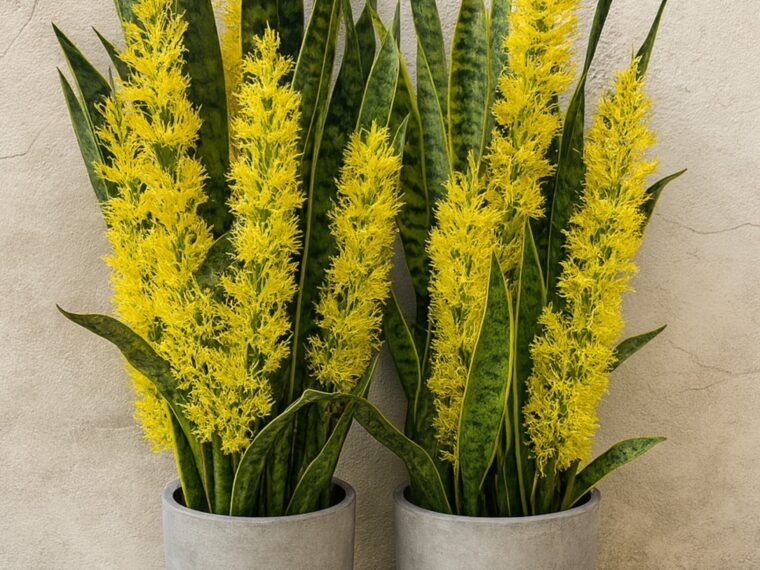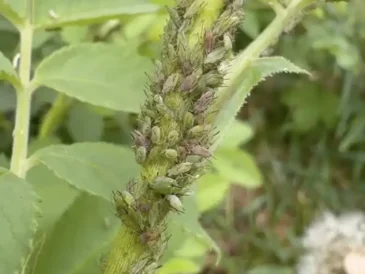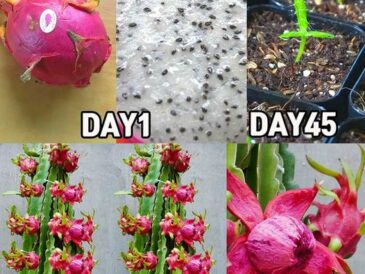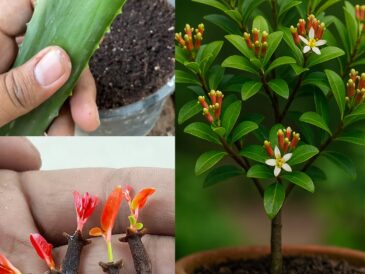Succulents don’t usually need feeding. So, for better growth, here’s how to fertilize your snake plant without killing it.
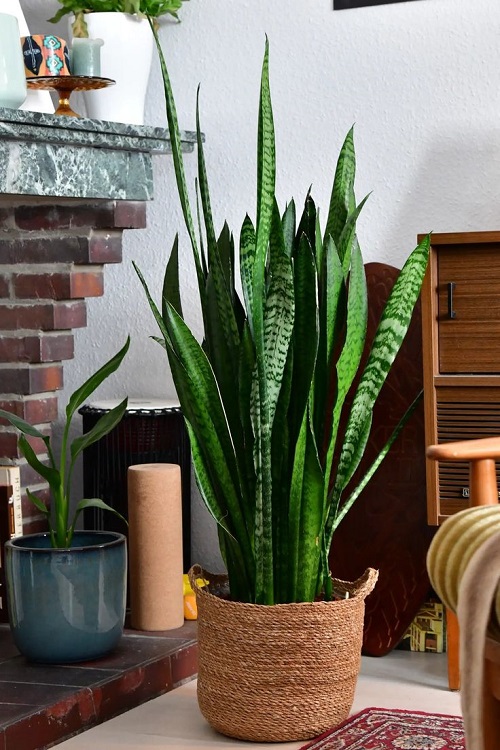
If snake plants top your list of indoor favorites and you want more of them, feeding is a must. Fertilizing not only keeps them lush and bushy but also encourages new pups for propagation. But go easy—many plant parents tend to overdo it. Here’s how to fertilize without loving your plant to death.
How to Fertilize a Snake Plant Without Killing It
1. Choose the Right Fertilizer

The very first reason why snake plants might die could lie in the choice of fertilizer. So, how do you pick the right one when the options seem endless?
Well, it is quite easy, actually. You will want to feed your snake plant with a balanced, slow-release fertilizer with an NPK ratio of 10-10-10. However, you might also opt for one that has a higher phosphorus content, such as one with a ratio of 10-15-10. Higher phosphorus helps the plant in all aspects, including roots, leaves, and buds.
2. Go for High Phosphorus for Blooms
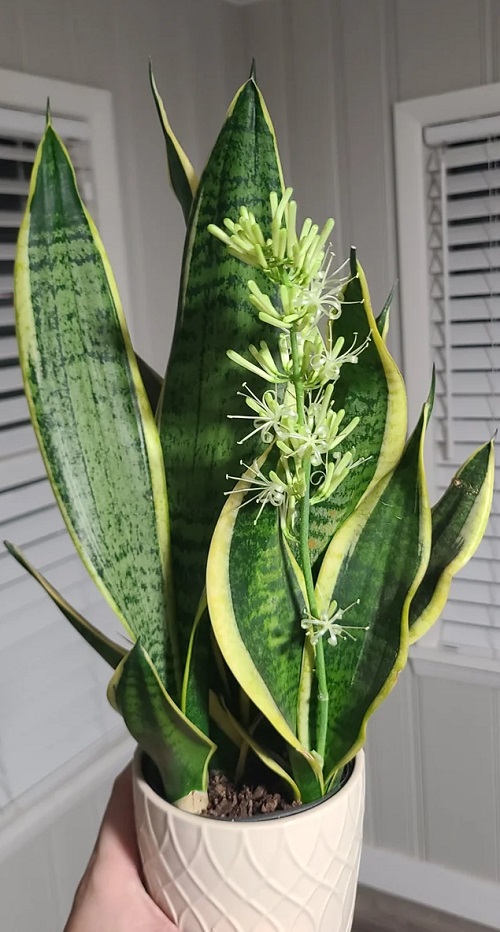
If you have been trying to get your snake plant flowering, a fertilizer with a bit more phosphorus could be perfect. Snake plants rarely bloom indoors, but with the right light and this kind of feed, you might just get lucky.
Avoid fertilizers with too much nitrogen—too much nitrogen can make the leaves floppy or overly soft, especially in indoor conditions.
3. Always Dilute Before You Feed
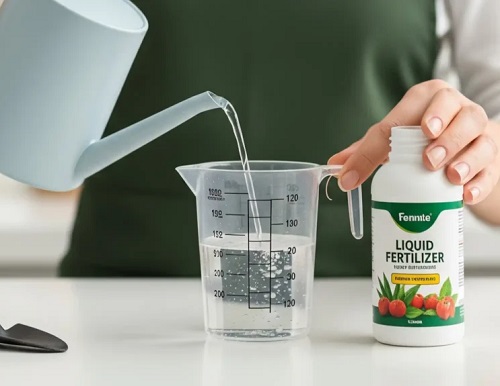
If you are just a beginner in the gardening world, you need to know how to fertilize! Along with following the instructions on the package, it’s crucial to dilute the fertilizer properly. This helps prevent overfeeding and keeps the delicate roots safe.
Keep a clean watering can or bucket ready alongside your fertilizer and a measuring cup. Measure out the liquid fertilizer as per instructions, and when adding it to the water, don’t overdo it! Always mix it to half strength and stir well so it dissolves completely.
Succulents don’t usually need feeding. So, for better growth, here’s how to fertilize your snake plant without killing it.

If snake plants top your list of indoor favorites and you want more of them, feeding is a must. Fertilizing not only keeps them lush and bushy but also encourages new pups for propagation. But go easy—many plant parents tend to overdo it. Here’s how to fertilize without loving your plant to death.
How to Fertilize a Snake Plant Without Killing It
1. Choose the Right Fertilizer

The very first reason why snake plants might die could lie in the choice of fertilizer. So, how do you pick the right one when the options seem endless?
Well, it is quite easy, actually. You will want to feed your snake plant with a balanced, slow-release fertilizer with an NPK ratio of 10-10-10. However, you might also opt for one that has a higher phosphorus content, such as one with a ratio of 10-15-10. Higher phosphorus helps the plant in all aspects, including roots, leaves, and buds.
2. Go for High Phosphorus for Blooms

If you have been trying to get your snake plant flowering, a fertilizer with a bit more phosphorus could be perfect. Snake plants rarely bloom indoors, but with the right light and this kind of feed, you might just get lucky.
Avoid fertilizers with too much nitrogen—too much nitrogen can make the leaves floppy or overly soft, especially in indoor conditions.
3. Always Dilute Before You Feed

If you are just a beginner in the gardening world, you need to know how to fertilize! Along with following the instructions on the package, it’s crucial to dilute the fertilizer properly. This helps prevent overfeeding and keeps the delicate roots safe.
Keep a clean watering can or bucket ready alongside your fertilizer and a measuring cup. Measure out the liquid fertilizer as per instructions, and when adding it to the water, don’t overdo it! Always mix it to half strength and stir well so it dissolves completely.
4. Never Fertilize a Dry Snake Plant
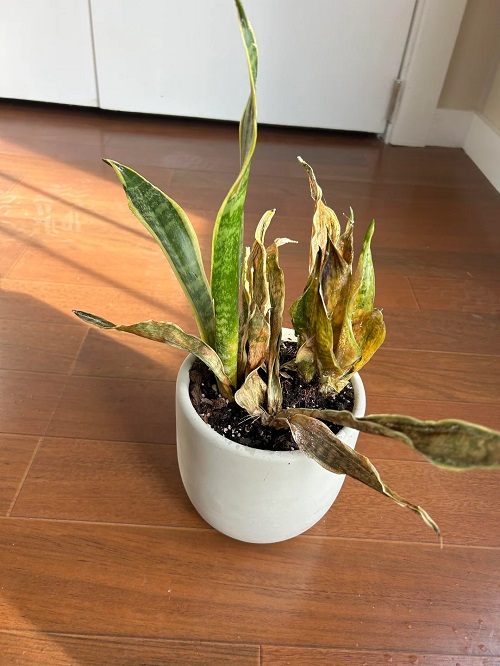
Just avoid fertilizing a dry plant—always water your snake plant lightly before applying fertilizer. This helps prevent root burn caused by concentrated salts.
5. Don’t Fertilize in Winter
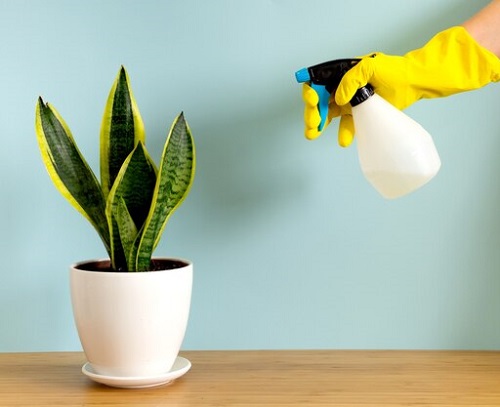
Fertilizing snake plants in the colder months of the year is a surefire way to kill them!
If you are wondering why, it is because most succulents go dormant after summer, in fall, and winter. Too much feeding or watering during this rest period can do more harm than good, often leading to root burn and eventually killing your plant.
Succulents don’t usually need feeding. So, for better growth, here’s how to fertilize your snake plant without killing it.

If snake plants top your list of indoor favorites and you want more of them, feeding is a must. Fertilizing not only keeps them lush and bushy but also encourages new pups for propagation. But go easy—many plant parents tend to overdo it. Here’s how to fertilize without loving your plant to death.
How to Fertilize a Snake Plant Without Killing It
1. Choose the Right Fertilizer

The very first reason why snake plants might die could lie in the choice of fertilizer. So, how do you pick the right one when the options seem endless?
Well, it is quite easy, actually. You will want to feed your snake plant with a balanced, slow-release fertilizer with an NPK ratio of 10-10-10. However, you might also opt for one that has a higher phosphorus content, such as one with a ratio of 10-15-10. Higher phosphorus helps the plant in all aspects, including roots, leaves, and buds.
2. Go for High Phosphorus for Blooms

If you have been trying to get your snake plant flowering, a fertilizer with a bit more phosphorus could be perfect. Snake plants rarely bloom indoors, but with the right light and this kind of feed, you might just get lucky.
Avoid fertilizers with too much nitrogen—too much nitrogen can make the leaves floppy or overly soft, especially in indoor conditions.
3. Always Dilute Before You Feed

If you are just a beginner in the gardening world, you need to know how to fertilize! Along with following the instructions on the package, it’s crucial to dilute the fertilizer properly. This helps prevent overfeeding and keeps the delicate roots safe.
Keep a clean watering can or bucket ready alongside your fertilizer and a measuring cup. Measure out the liquid fertilizer as per instructions, and when adding it to the water, don’t overdo it! Always mix it to half strength and stir well so it dissolves completely.
4. Never Fertilize a Dry Snake Plant

Just avoid fertilizing a dry plant—always water your snake plant lightly before applying fertilizer. This helps prevent root burn caused by concentrated salts.
5. Don’t Fertilize in Winter
TO CONTUNUE READING THE ARTICL PLEASE SEE PAGE 2 .
